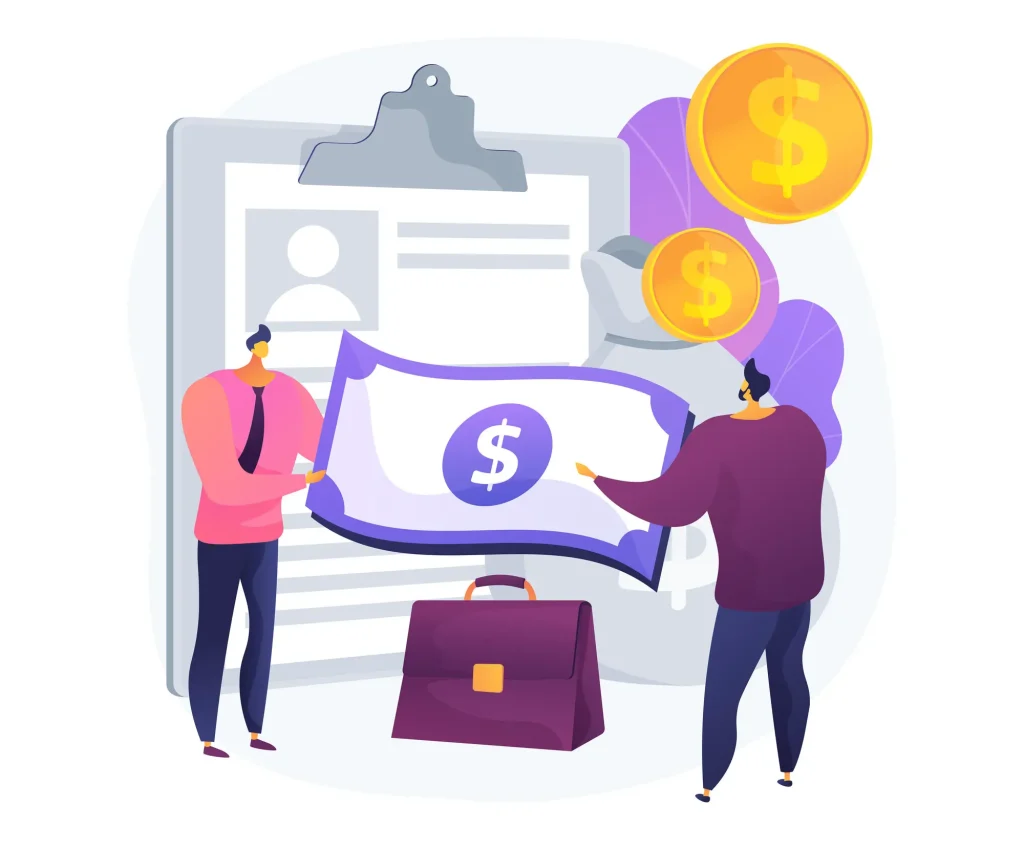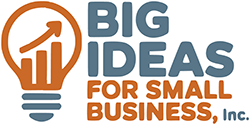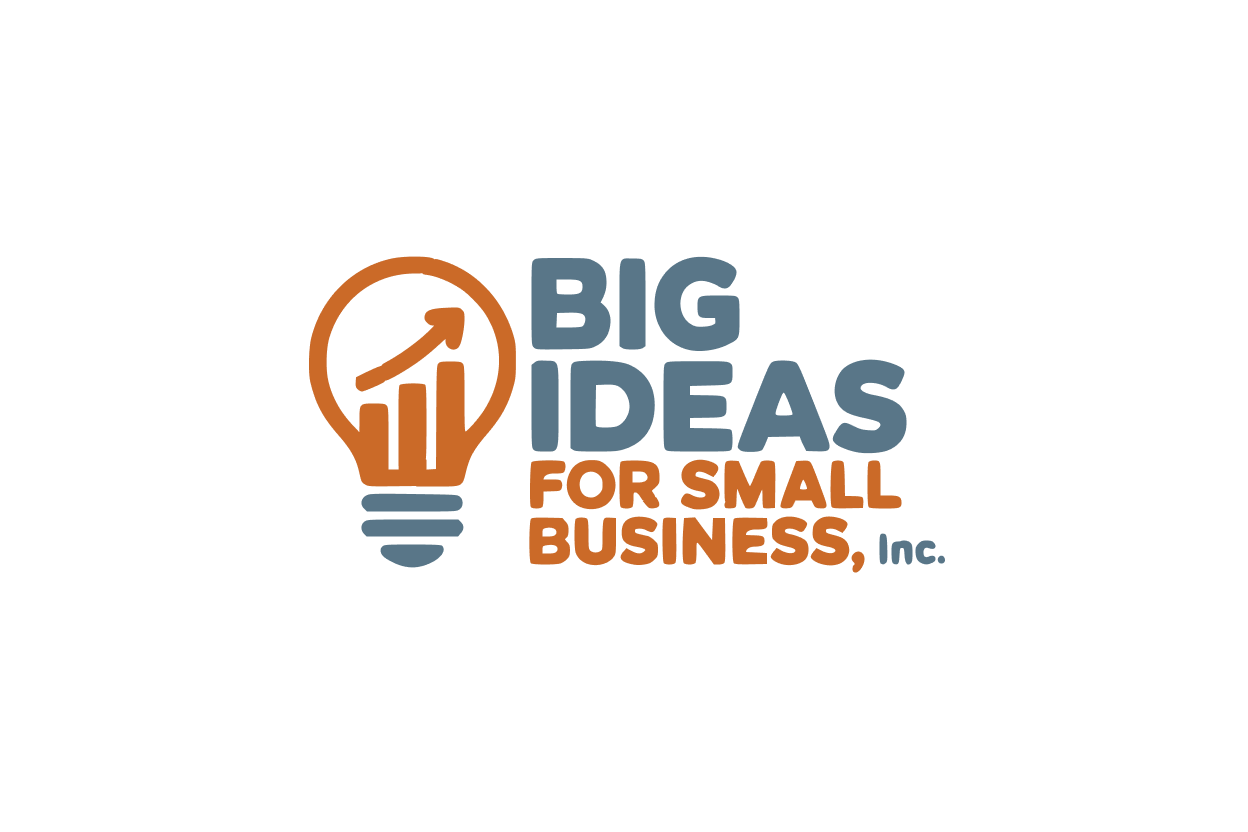
You may need money for your business, but interest rates are high right now. It’s been reported that small businesses are paying the most for loans in 16 years, with the average rate on a short-term loan at 9.2% Still, you may need money to renovate your facilities, hire additional employees, invest in technology or expand to another location. If you need capital to make your vision a reality and you don’t have cash on hand, borrowing may be your only option. Here are 10 places to look for loans, and the upside and downside of each type of borrowing:
10 places to look for loans
1. Family/friends
In the old days this used to be called Rolodex financing, because you looked at the collection of phone numbers on your desk and approached those who you thought could afford to help you. Today, you can look through your smartphone’s contact list and do the same thing.
- Upside: Because these lenders know you, there’s no credit checks and loans usually come with very favorable terms, including little or no interest, and flexible repayment terms.
- Downside: If you fail to repay, you can create hard feelings that may severely damage relationships. Also, unless you have a written promissory note with arms-length loan terms, the IRS may disallow an interest deduction on the grounds that the money was a gift and not a loan.
2. Home equity
If you own a home, you may be sitting on a great deal of home equity, especially in light of rising property values in recent years. Tapping into your home equity can generate cash for use in your business.
- Upside: You may be able to borrow up to 80% or so of the equity and interest rates on home equity loans are lower than rates charged on commercial loans. Also, you may have repayment options (depending on the type of home equity loan), such as interest only for a set number of years, and no prepayment penalties.
- Downside: If you fail to repay, you could lose your home. You usually need a good FICO score. Experian says you need a FICO score of at least 680 for a home equity line of credit (HELOC), but lenders prefer a score of 720 or more. Your FICO score may affect the interest rate charged on the loan.
3. Retirement plans
If you have a 401(k) plan, you may be permitted to borrow from it.
- Upside: Loans typically can be arranged in a matter of days. Interest rates are relatively low. Years ago, the IRS considered prime plus 2% to be reasonable, and I don’t see any indicate that this rule of thumb has changed. Repayment can be spread in level amounts over 5 years, with no penalty for paying it off early.
- Downside: You can only borrow up to the lesser of $50,000 or 50% of vested benefits. You lose the tax-deferred growth on the funds that you could have earned if you hadn’t taken a loan. And if you don’t repay the loan on time, it’s treated as a taxable distribution.
Caution: You cannot borrow from an IRA, other than taking a distribution and repaying it within 60 days. If you pledge your IRA as collateral for a loan, it’s treated as a taxable distribution.
4. Credit unions
If you are a member of a credit union, you may be able to get a business loan. Business lending from credit unions has been growing significantly.
- Upside: Rates and fees are lower than commercial lenders because credit unions are nonprofit organizations (owned by their customers). Loan approval is local, which can make the lending process quicker than with commercial lenders.
- Downside: The loan process is still a formal affair, requiring you to produce three years of tax returns, financial statements, and a business plan showing what you plan to do with the money.
5. SBA loans
The SBA doesn’t lend money directly (except for certain disaster loans); it provides guarantees to commercial lenders to induce them to make loans to small businesses. There are different SBA loan programs, depending on what the loan is used for.
- Upside: Lower down payments and longer repayment terms than conventional business bank loans.
- Downside: There are caps on the amount that can be borrowed through each program. These loans still entail fees and expenses, and may take weeks or even months to close.
6. Online loans
There are a number of online borrowing options. Typically, online loans are lines of credit, but they can be term loans (usually short term) or accounts receivable financing). While some have been exposed as shady operations, others are valid options for small business owners seeking a loan.
- Upside: These offer 24/7 access, with quick loan approvals. Usually only a modest amount of paperwork is required.
- Downside: Interest rates may exorbitant, or at least much higher than interest charged on other borrowing options.
7. Accounts receivable financing
In the old days this was called factoring. Today it’s also called invoice financing. It’s a borrowing option where a third party (the factor) buys your outstanding accounts receivable for business customers at a discount; the discount represents interest and fees you pay for this borrowing arrangement. More specifically, you receive an advance of up to 80% or so of the face of the receivables, and the balance, minus the factoring cost, when the accounts are collected.
- Upside: The approval process is fast and you have flexibility on which invoices to factor. The interest rate charged on the outstanding receivables depends on the credit worthiness of your customers with the outstanding invoices and not on your credit rating.
- Downside: The cost of factoring may be higher than other types of loans.
8. Clients, customers, and vendors
Similar to borrowing from family and friends, you may be able to get a loan through your business relationships. For example, if you need money to buy a piece of equipment, the seller may be able to finance the purchase, with the equipment as collateral. The same upside and downside for borrowing from family and friends applies here.
9. Crowdfunding
This option, also called crowd lending and peer-to-peer lending, allows you to borrow a little amount from a lot of people through an online portal to get the capital you need. You can find a listing of some top debt crowdfunding platforms here.
- Upside: It can be used for startups as well as established firms. Interest rates are fixed according to what the borrower wants to pay and the lender wants to receive; an interest is fixed when the loan is finalized.
- Downside: There’s no guarantee you’ll attract lenders willing to help you with your vision.
10. Pawnshops
You take a piece of equipment or a family antique to a local pawn broker and you can get immediate cash. The amount of the loan is a discount to the value of the item pawned.
- Upside: No credit check is needed.
- Downside: The downside is the high rate of interest. While most states regulate it, the interest is set per month, which can significantly add up for a loan outstanding for several months. There was one Pawn Stars episode where a small business owner pawned his motorcycle to get cash to meet his payroll. If a comparable receivable could be collected within the month so that he could pay off the loan and recoup his motorcycle, then this strategy made sense in this situation.
Final thought
Before you go out and look for a loan, consider your alternatives: bringing in new investors, self-financing by creating a sinking fund for future business projects, or finding creative ways to raise cash (e.g., contests). If you decide to go the debt route, be sure you have sufficient cash flow to service repayment. If you are a “small business” (with average annual gross receipts in the 3 prior years not exceeding $29 million), all of your interest expense is tax deductible. Talk with your tax, financial, and legal advisors before you do anything.


